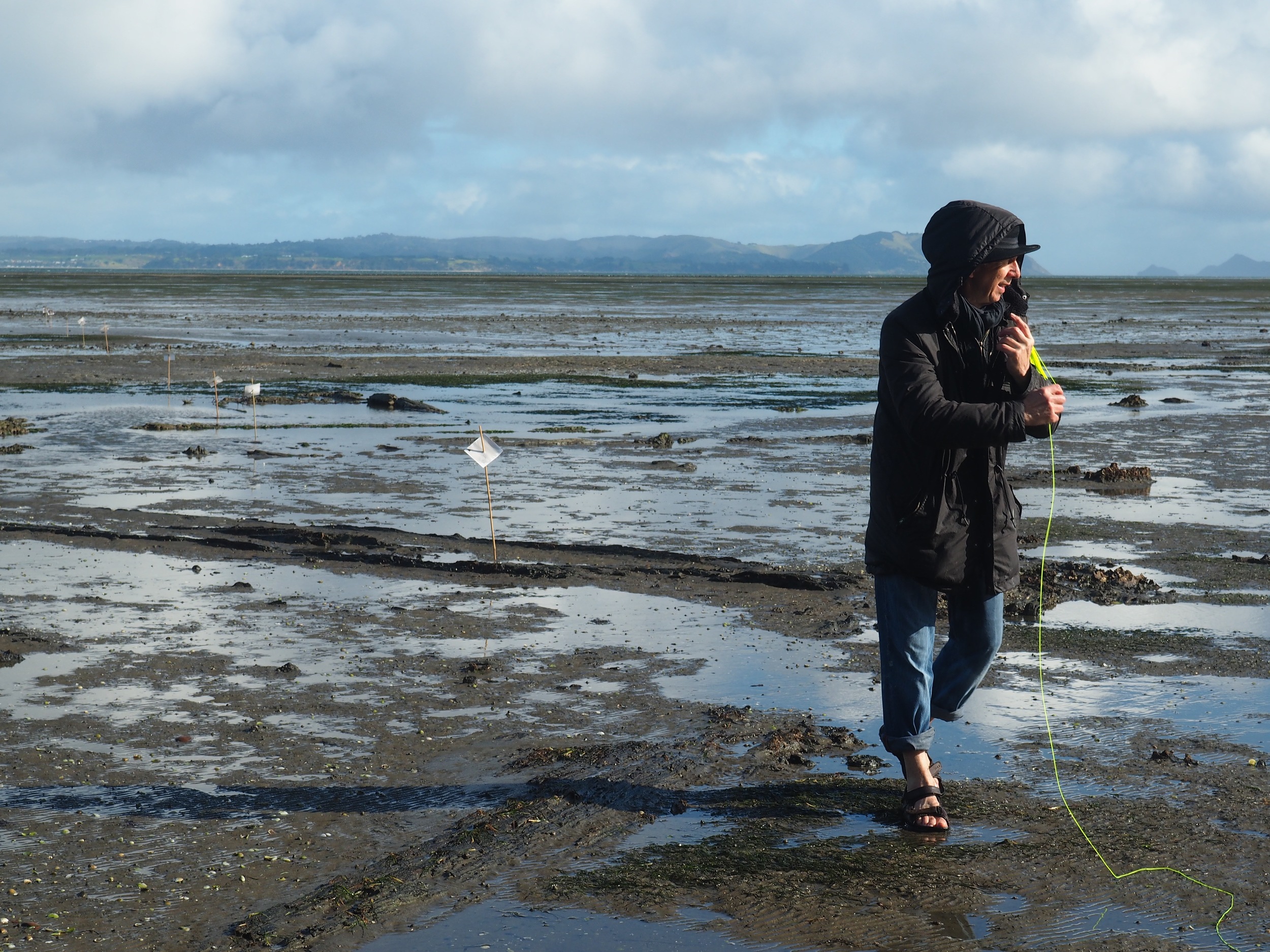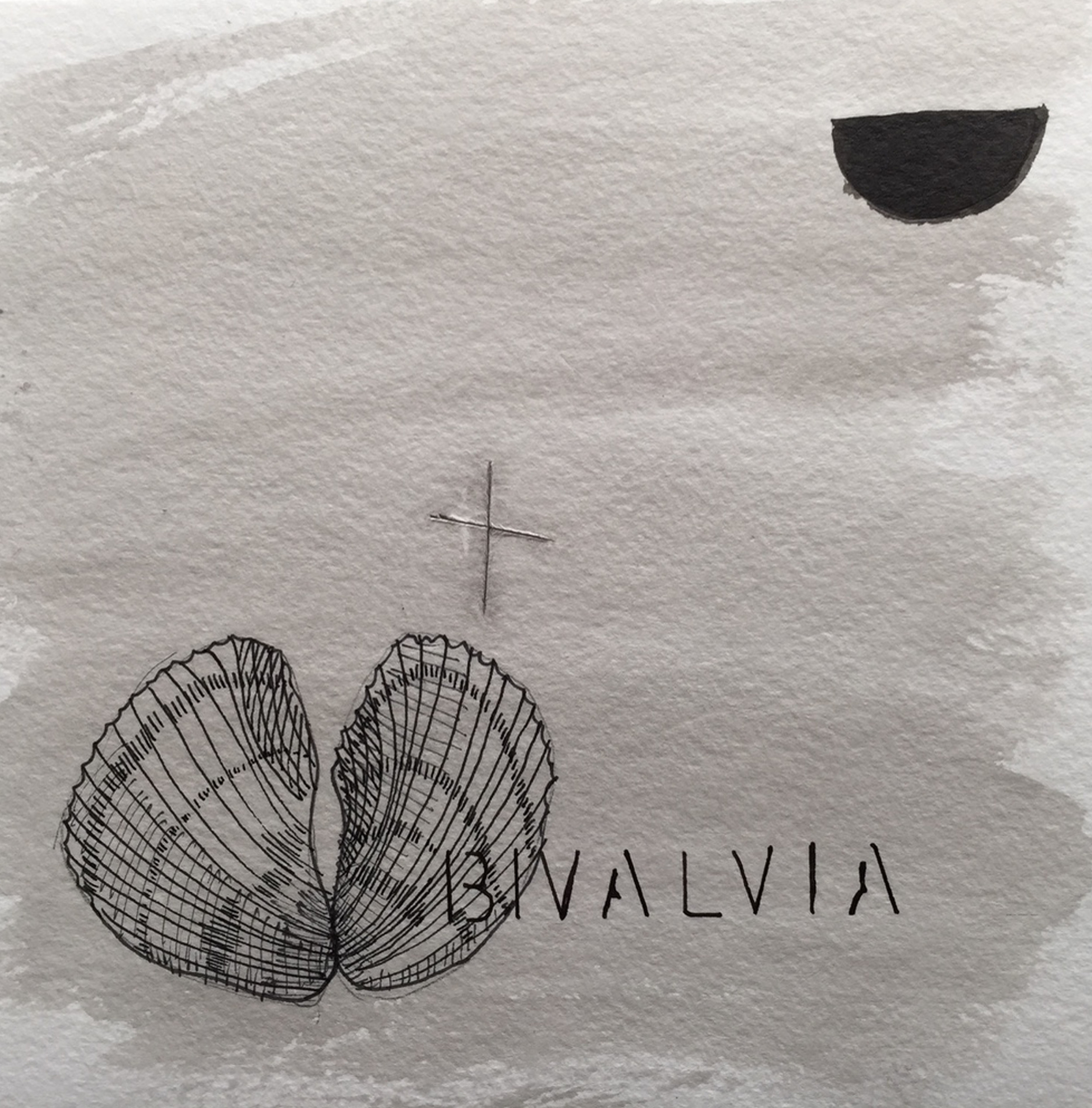An installation at Manukau Harbor, Auckland, New Zealand, investigates maori ecological epistemologies.
Scyphax ornatus is a terrestrial isopod that “exhibits circadian and circa-semilunar activity rhythms when kept in constant conditions in the laboratory,” suggesting that these rhythms enable Scyphax to predict nightly foraging opportunities (Quitter and Lewis 1989).
Within scientific domains of knowledge such creatures are almost entirely invisible. The more science tries to describe them and explain them, the darker they become. To maori, harvesting and eating is a way of explanation. To eat a live object is to bring it into the light.
The polynesian fishing calendar reflects the lunar cycle in relation to intertidal animals, species whose rhythms and distinctions are different from humans’. The lunar cycle suspends objects dark and bright between darkness and light in a longitudinal zone that is both land and sea, where seawater skims the surface of the land and live objects find a sunlit zone. This soft shore - littoral, intertidal, epipelagic - transforms sunlight into seagrass, into cockle, crab, hatchling, bivalve, gastropod, crustacean, and echinoderm. It’s a gravitational field of food. The moon’s cycle gives life to intertidal animals, and to the terrestrial and aerial animals that feed in this liminal zone. Here the polynesian takes advantage of her own foraging opportunities. The rhythms of the moon and the tides it pulls across the shore are predicted in the maori calendrical system, where epistemology and ecology come together to form a maramataka, a lunar system for regulating the gathering of food.
Maori involve all the heavenly systems in their maramataka, the solar and stellar cycles as well as the lunar cycle, but it is the 28 - 30 day cycle of marama, the moon, that is most relevant to food practices on the mudflats of Manukau Harbor, since the moon controls the tides. When fishing, significant aspects for understanding the relationship between the catch and the lunar cycle are the phase of the moon, the time of day, the condition of the water, the species of fish out there, and the weight of your neighbour’s catch. The moon dictates all, but the sun and the stars describe the background oscillations that pull all creatures along their evolutionary paths.
On the mudflats of the Manukau Harbor, benthic and epipelagic species are found on the seabed and swimming in the two-inch layer between the mud and the air. When the Matariki (Pleiades) are low on the horizon in the north east of the sky, at the time of the half moon waxing gibbous ,it is tamate-a-tao. Eel and fish are abundant, but small, and it is a productive day to collect shellfish. For the maori, as for the Scyphax, the moon is about food.
The sky is a cultural resource, as much as the land or sea.







